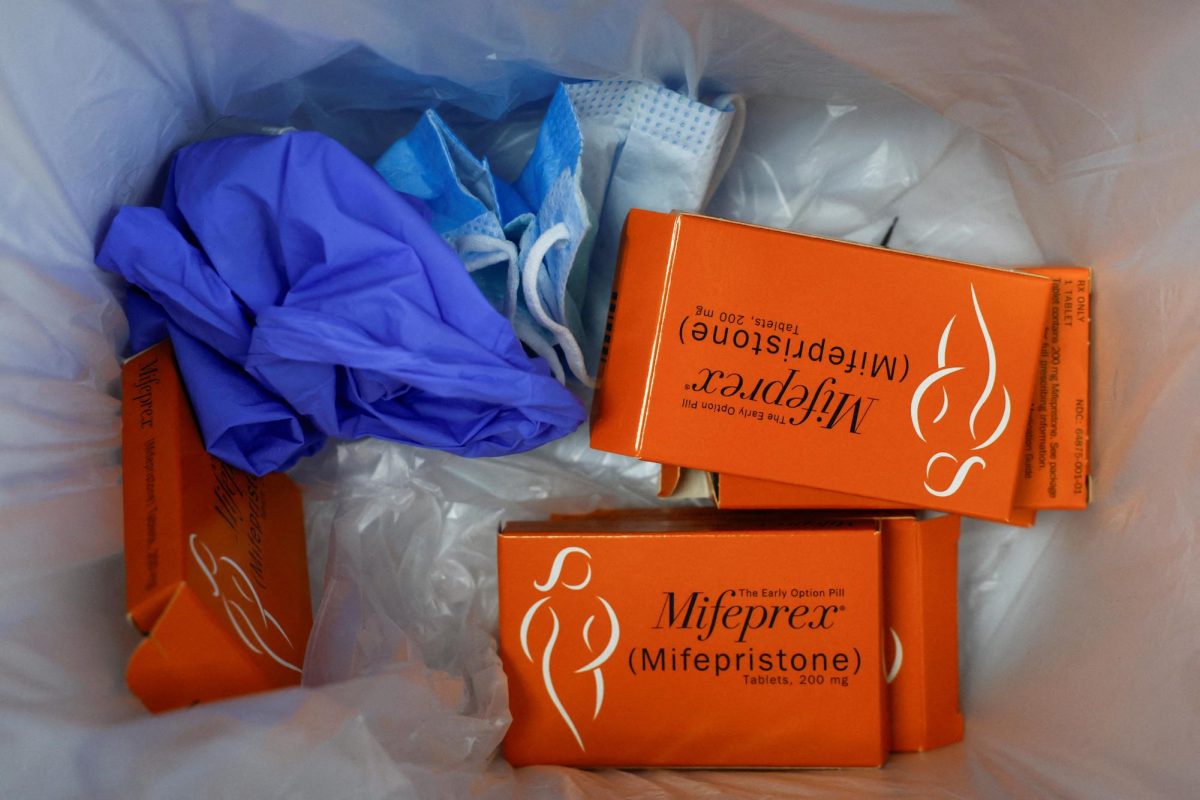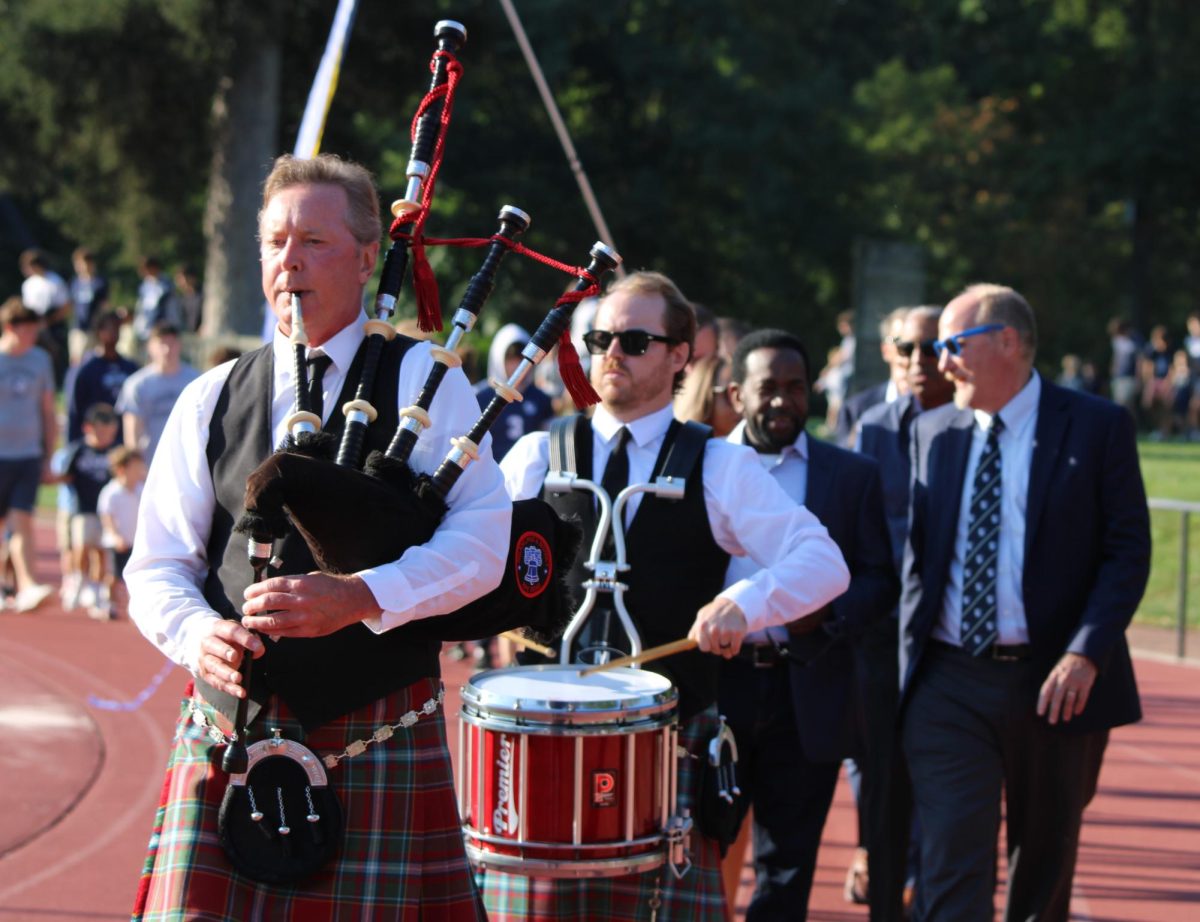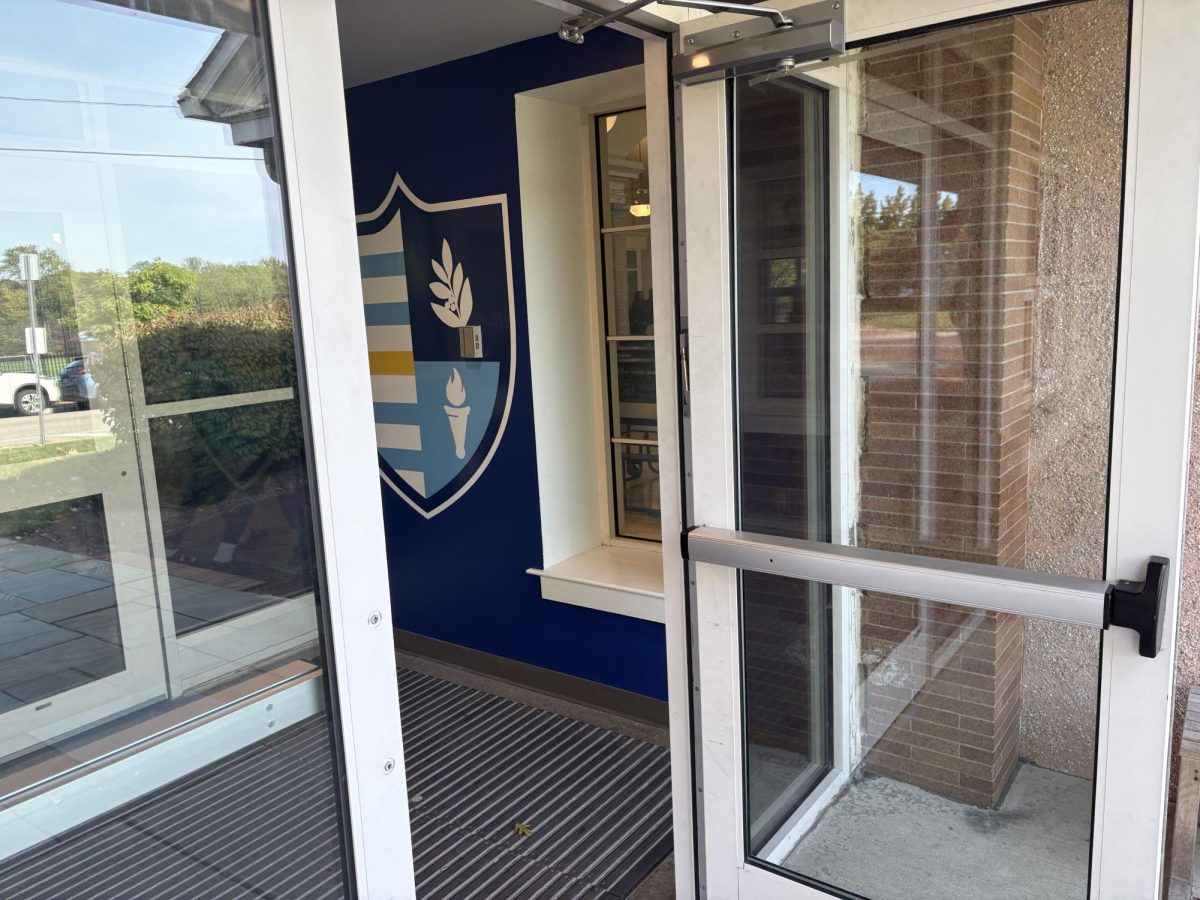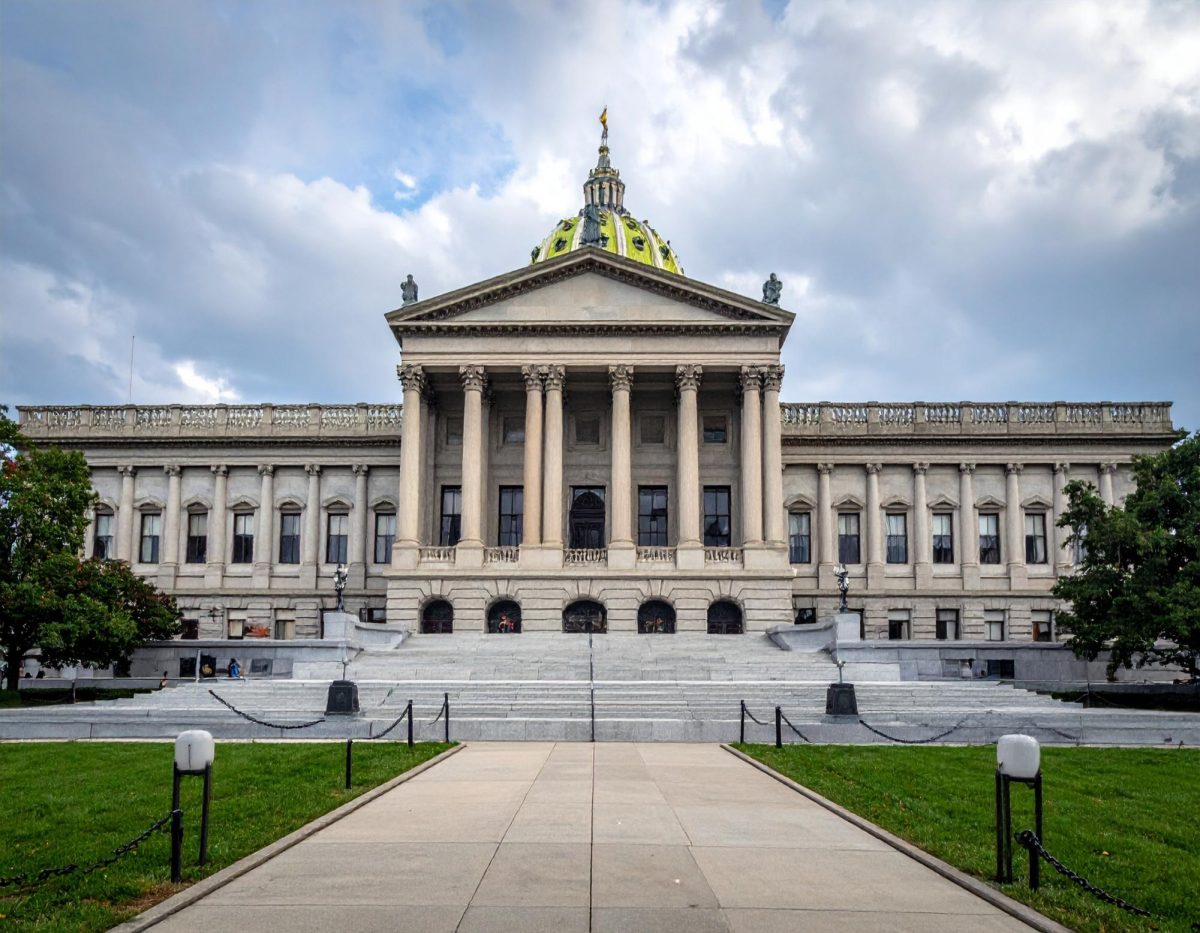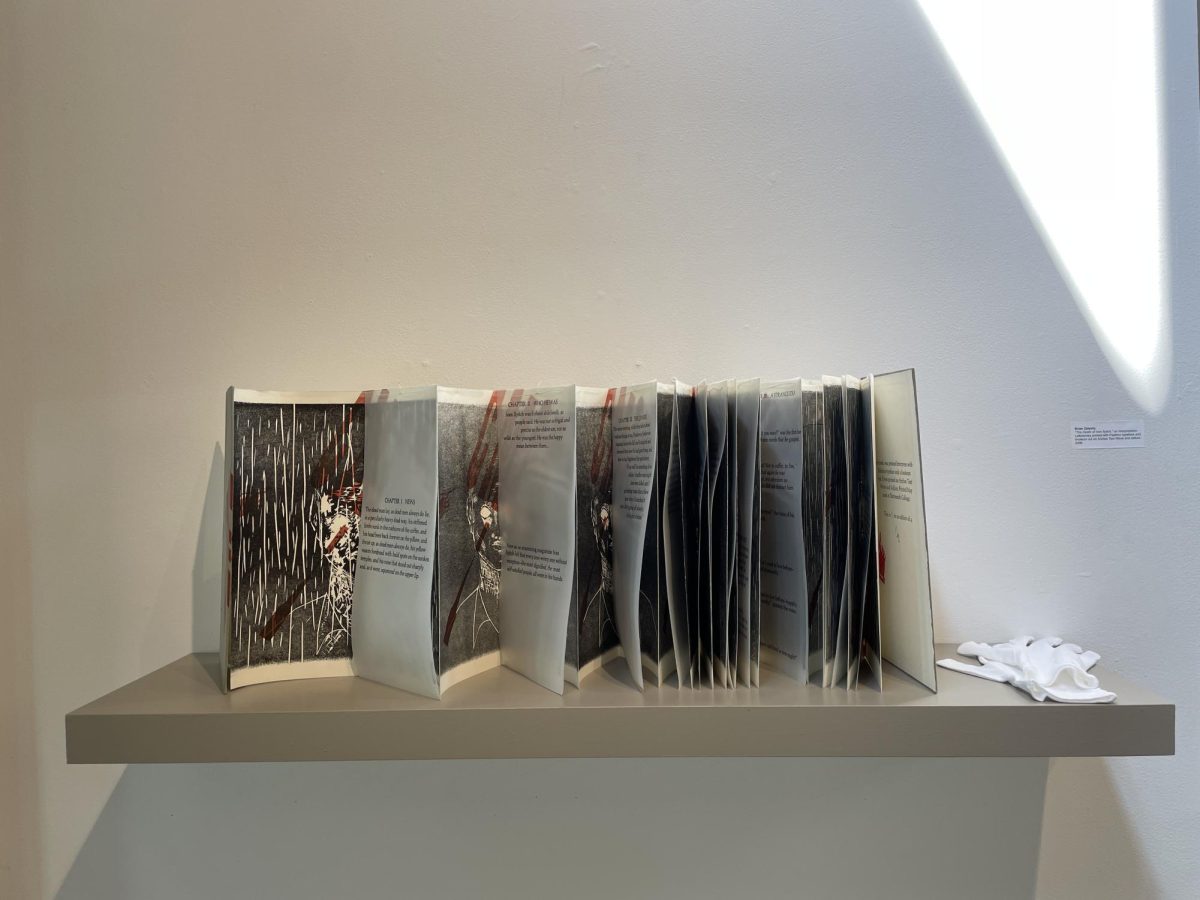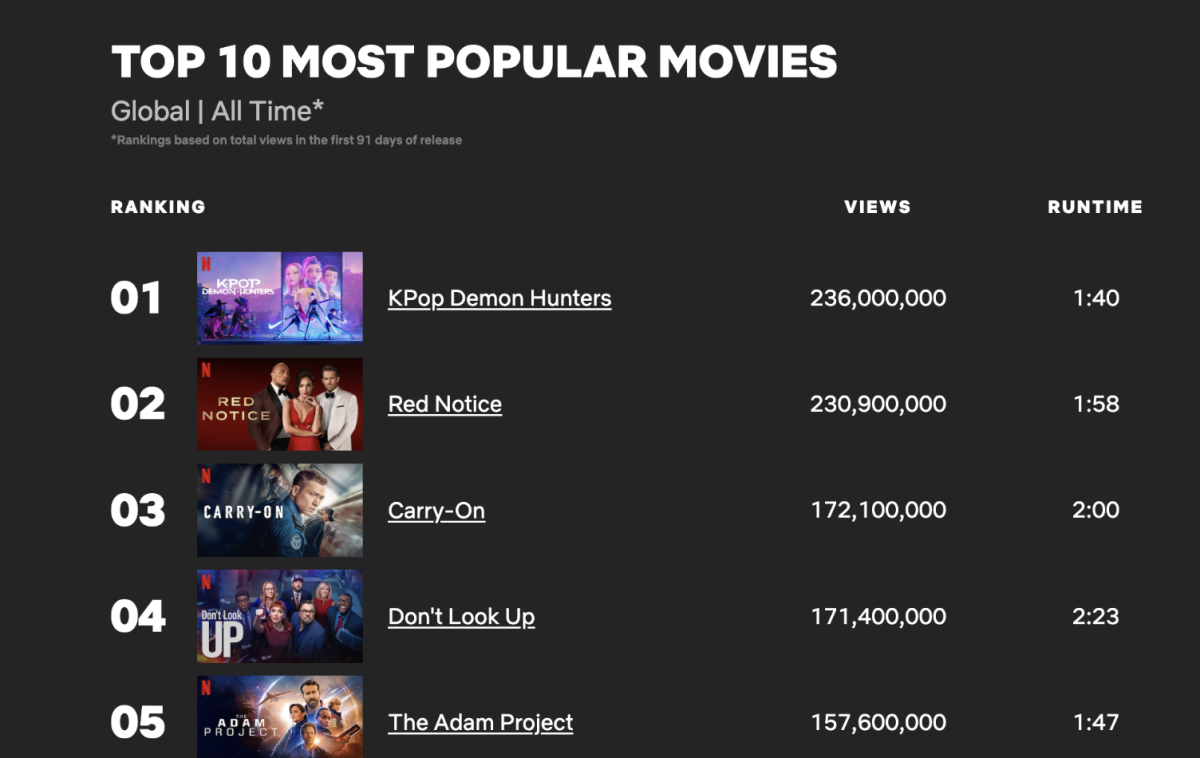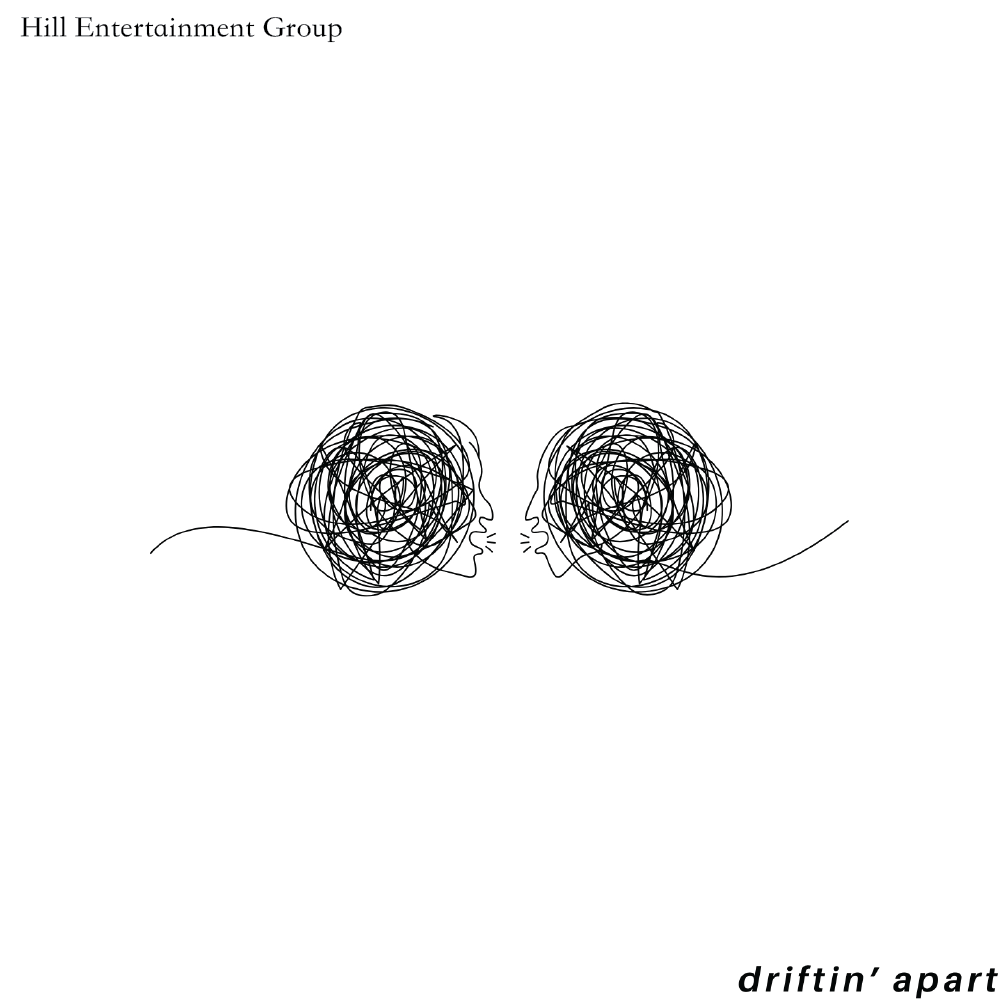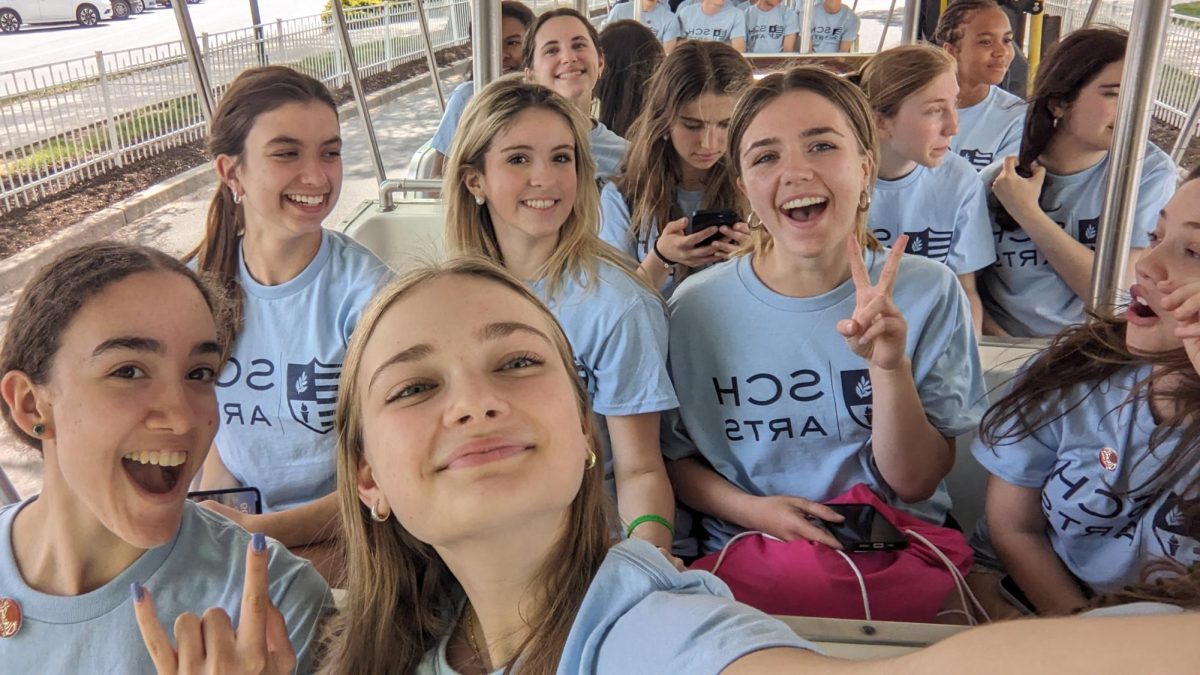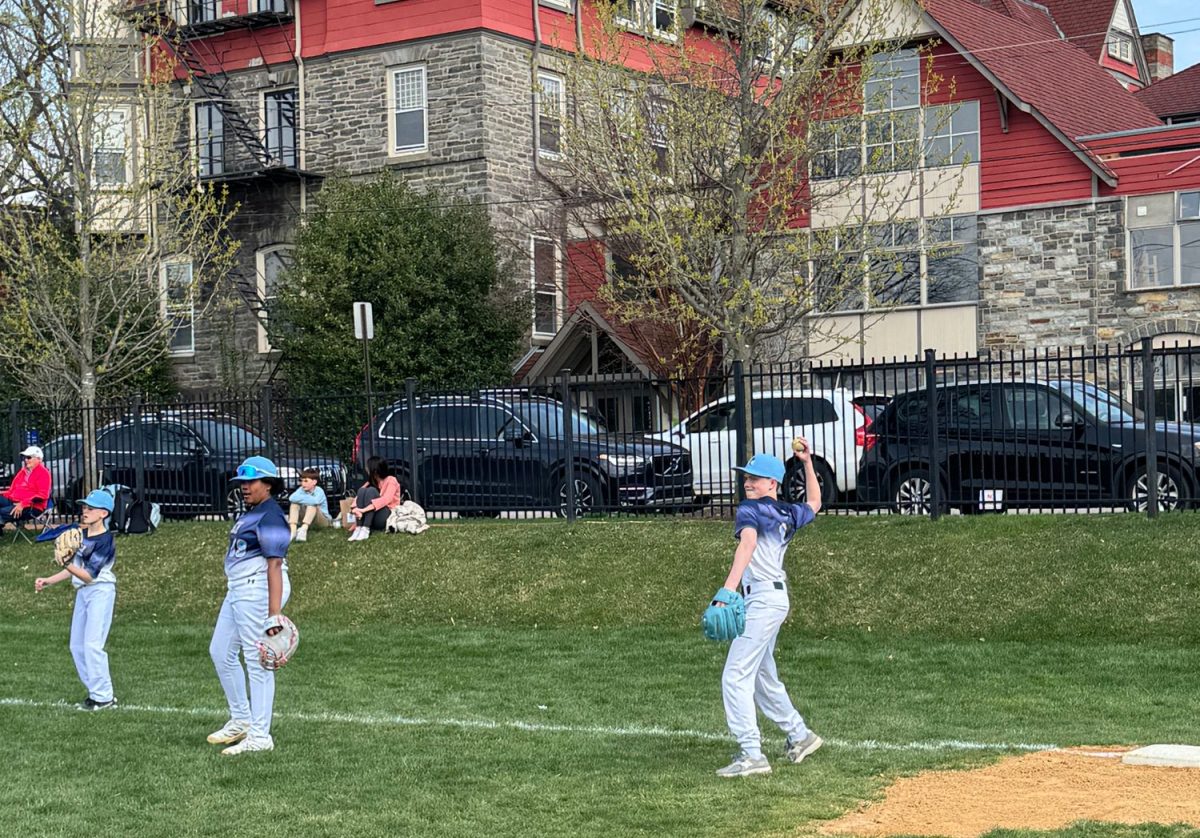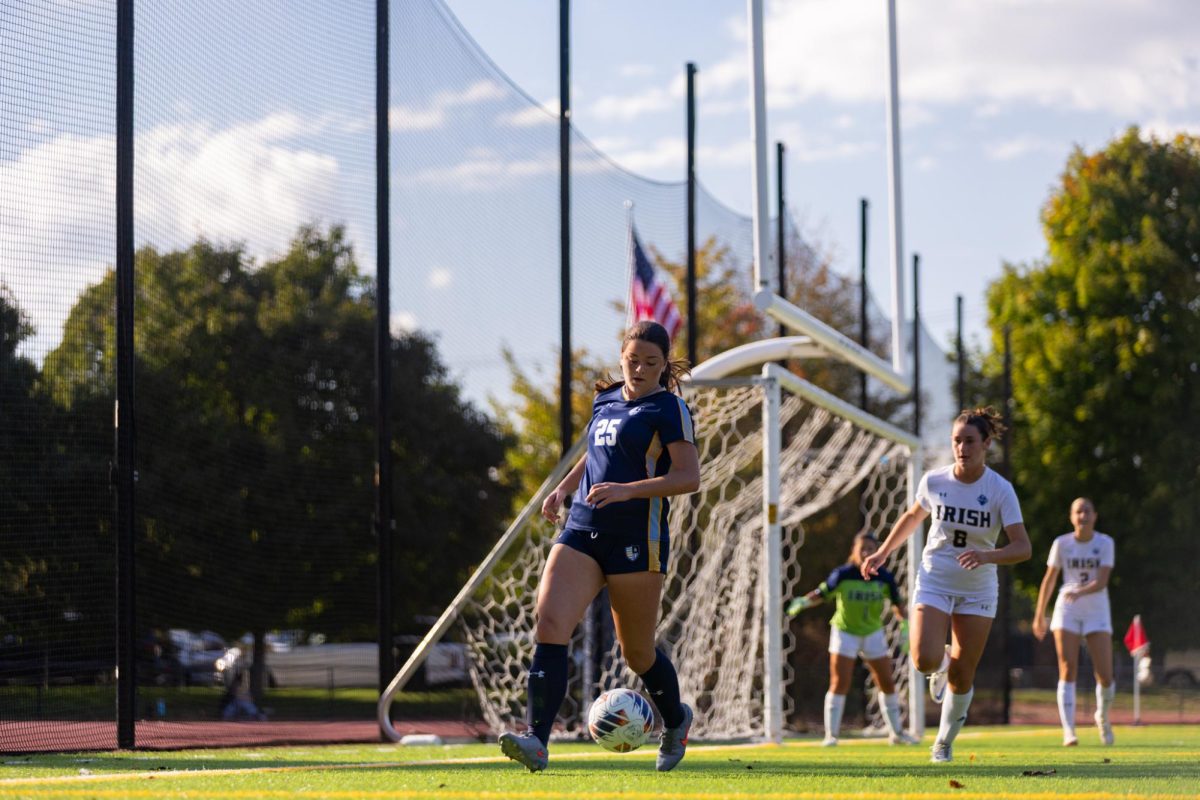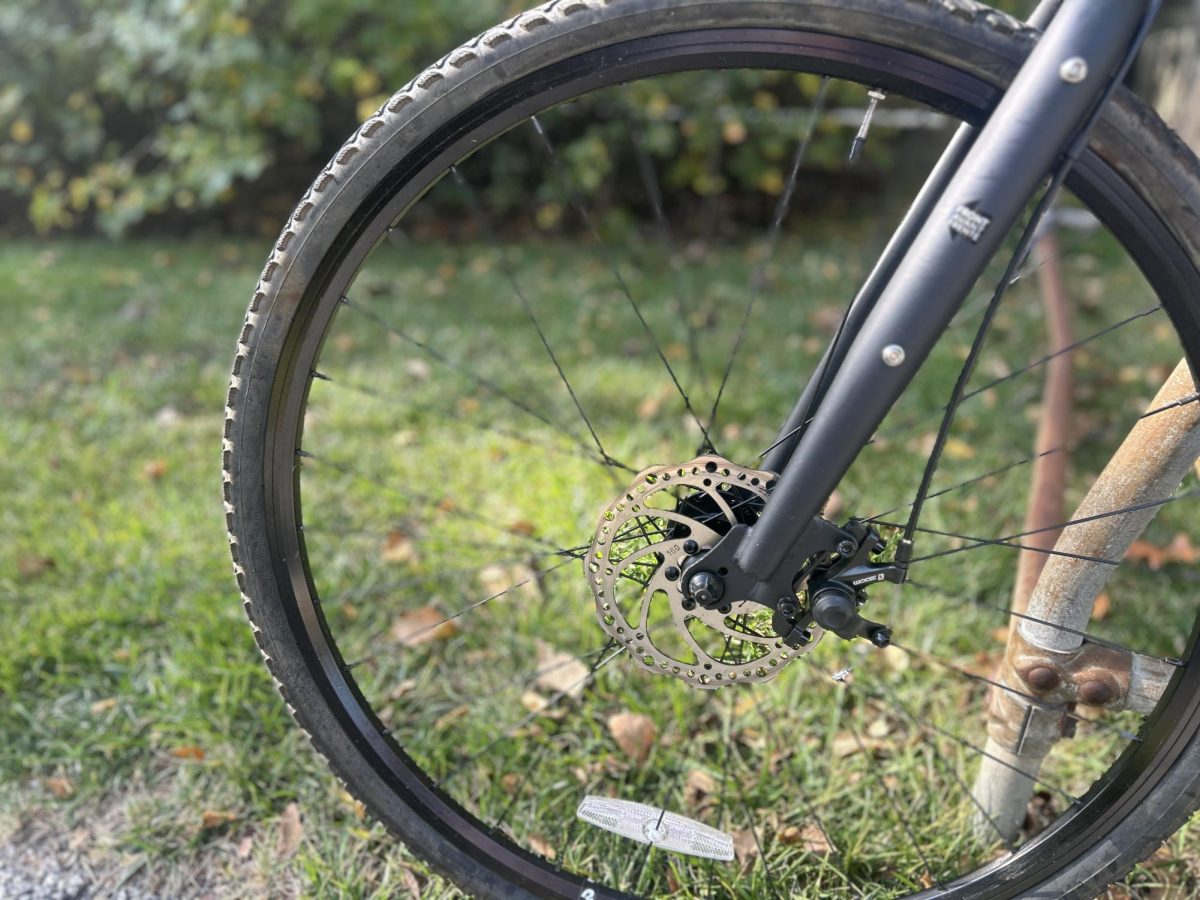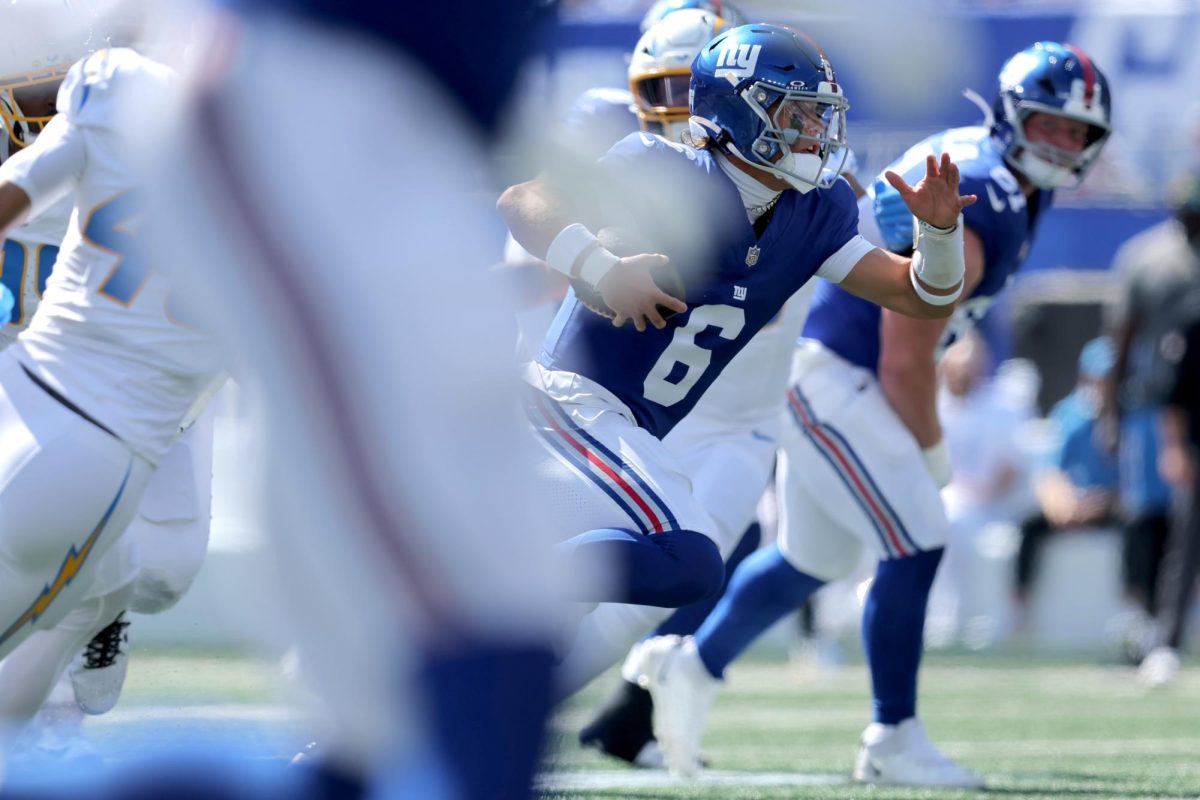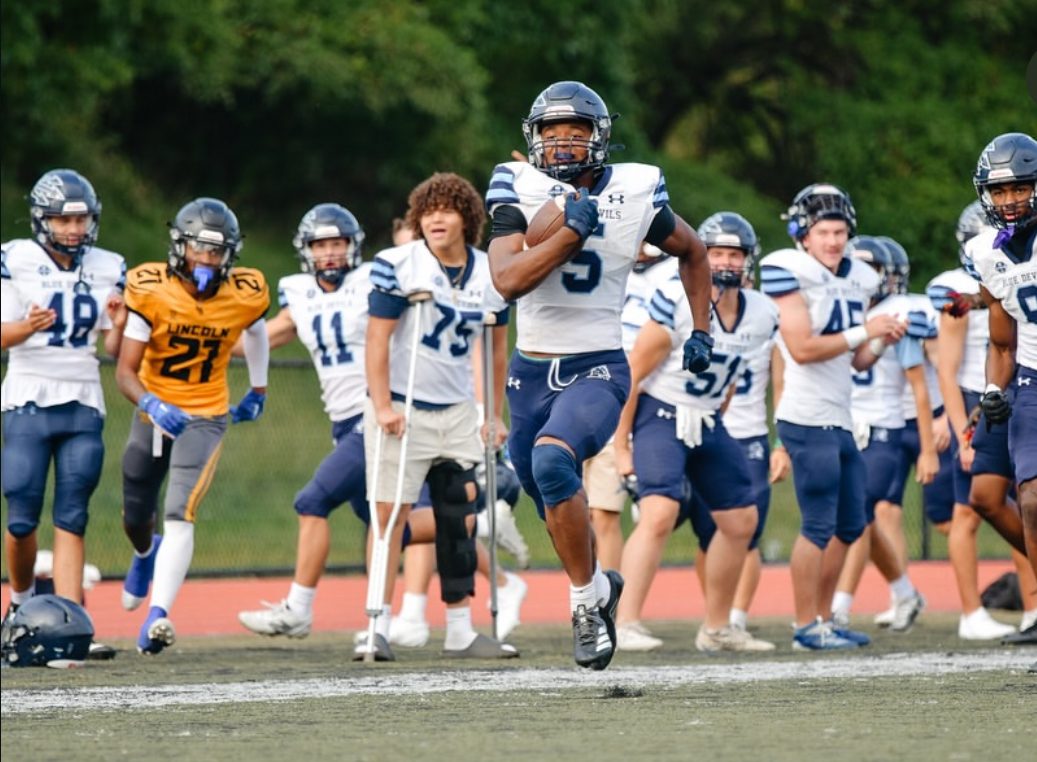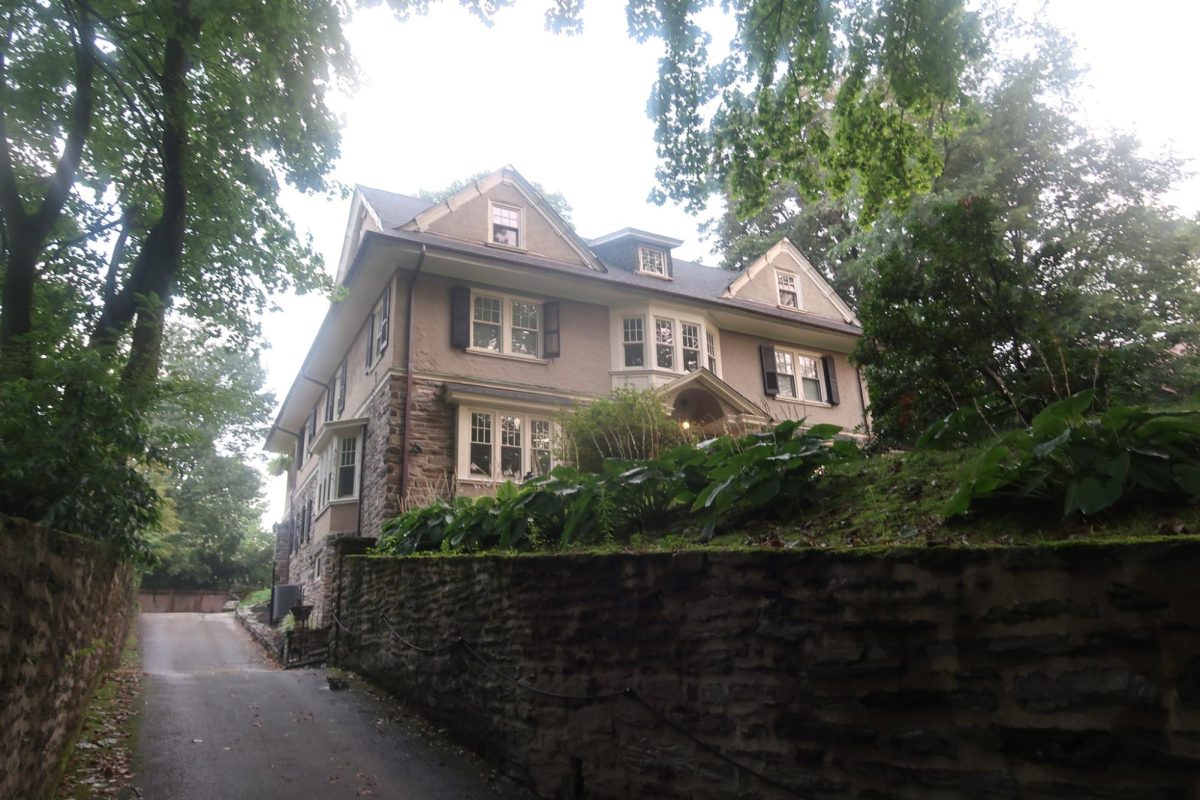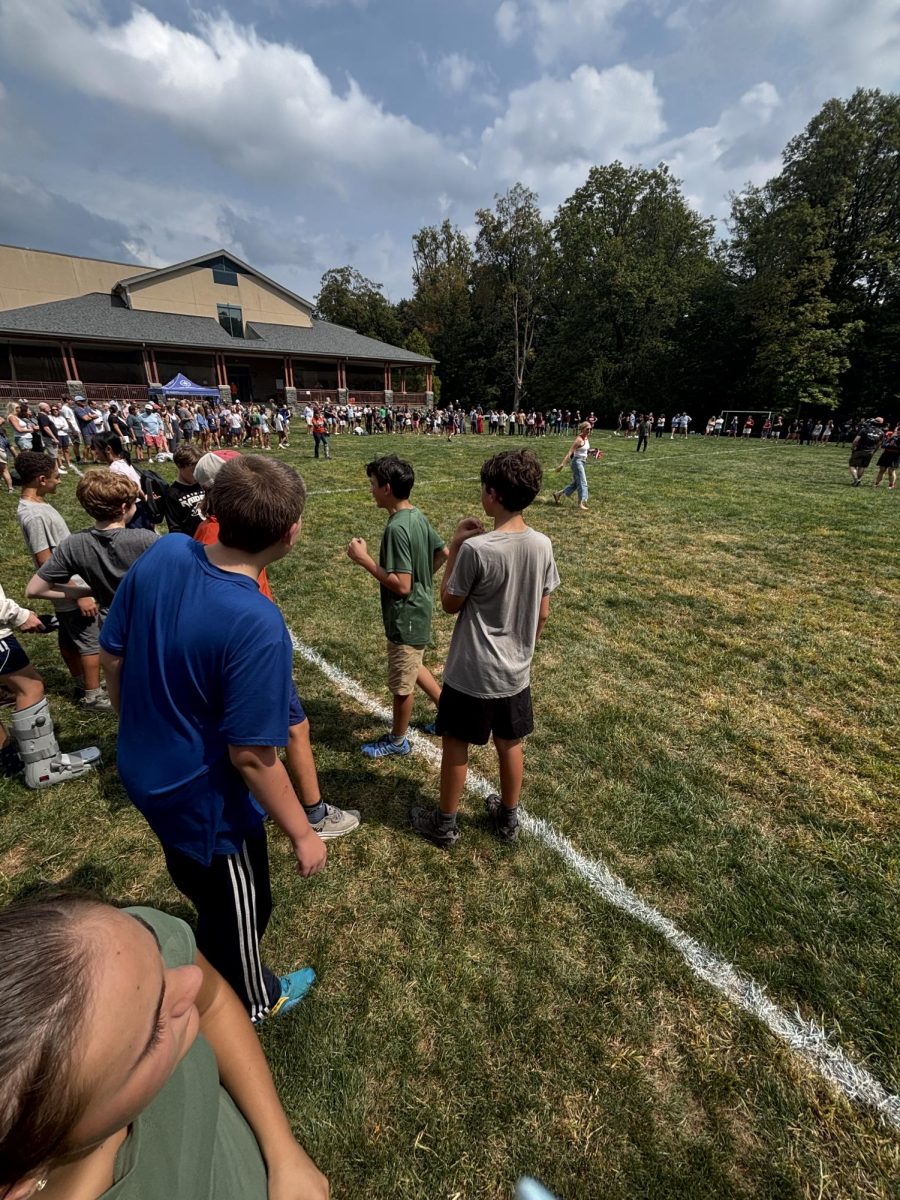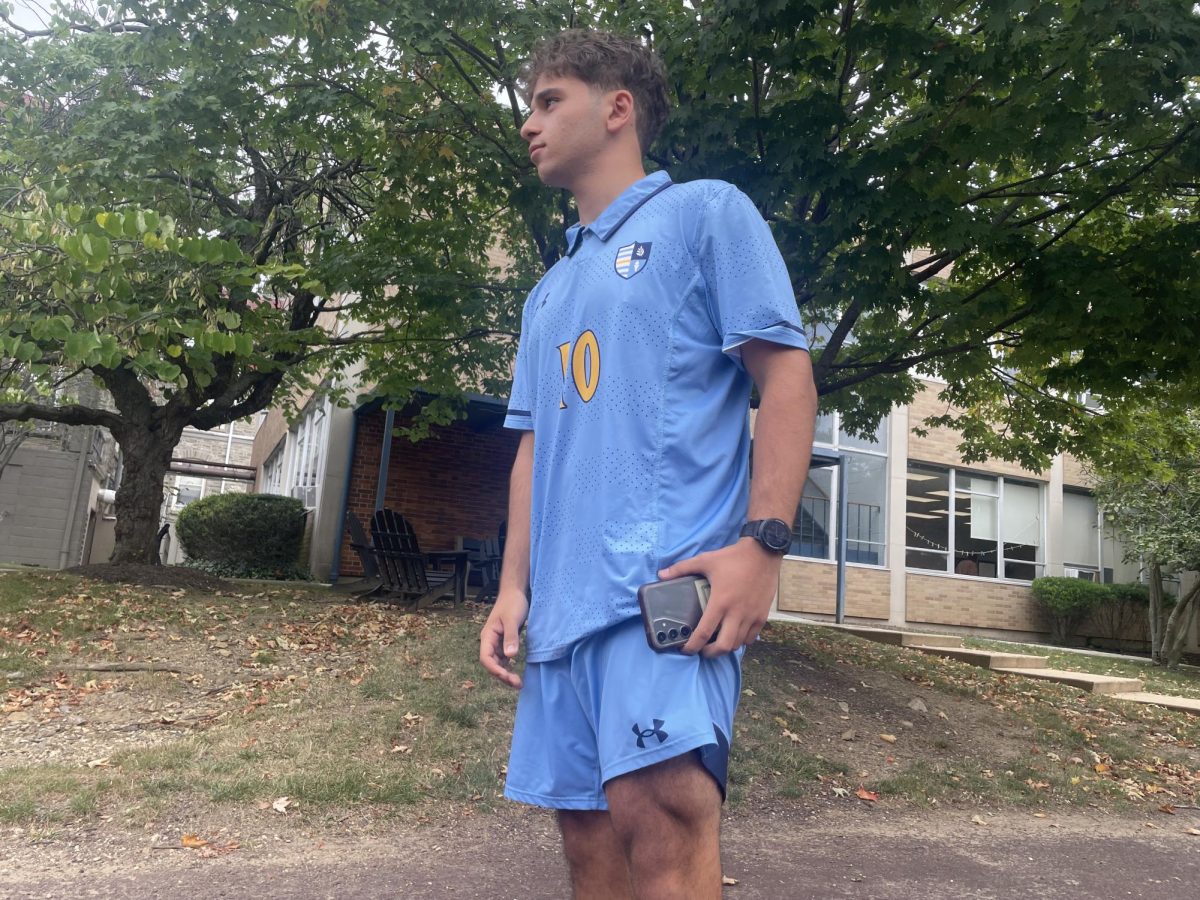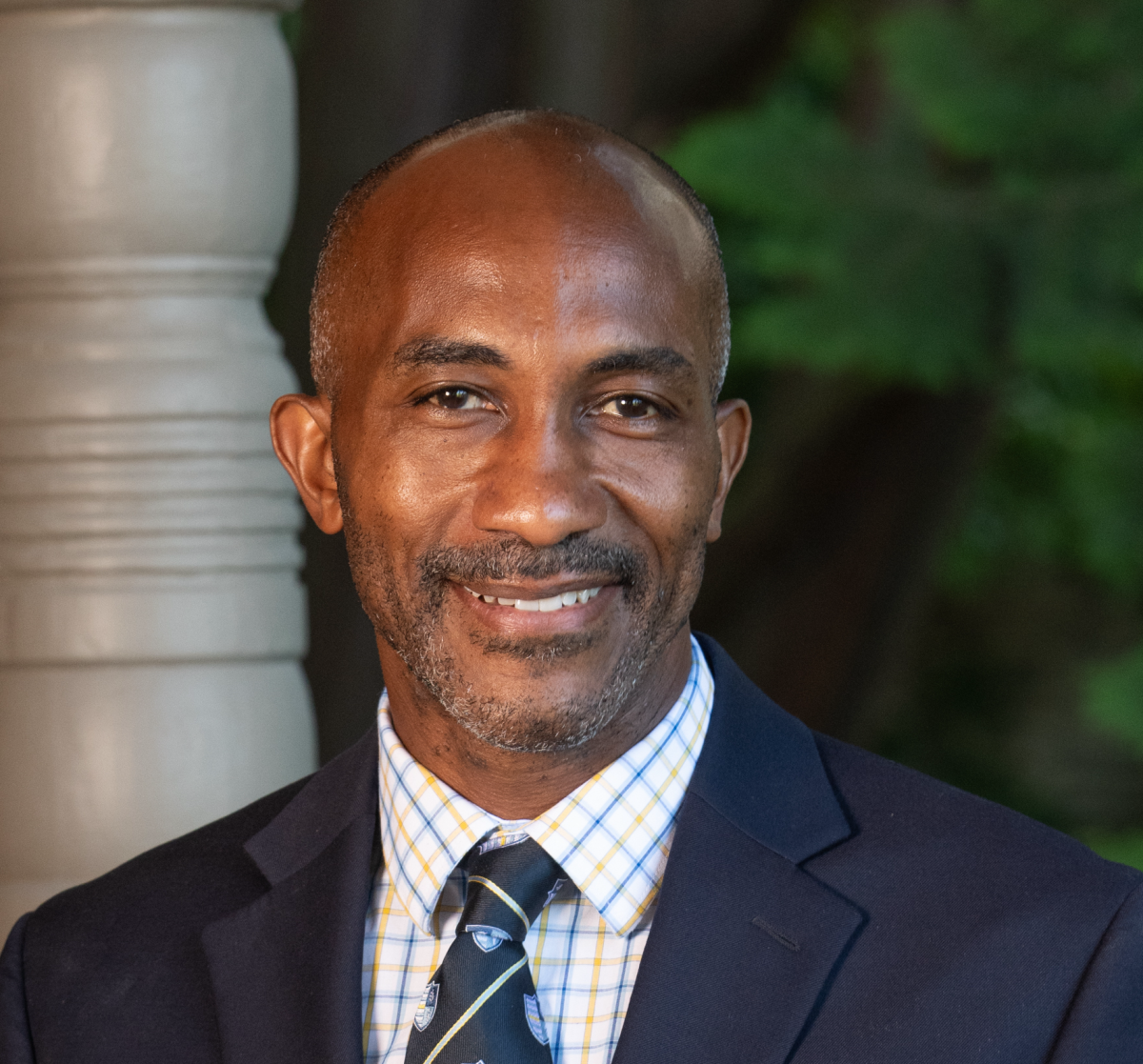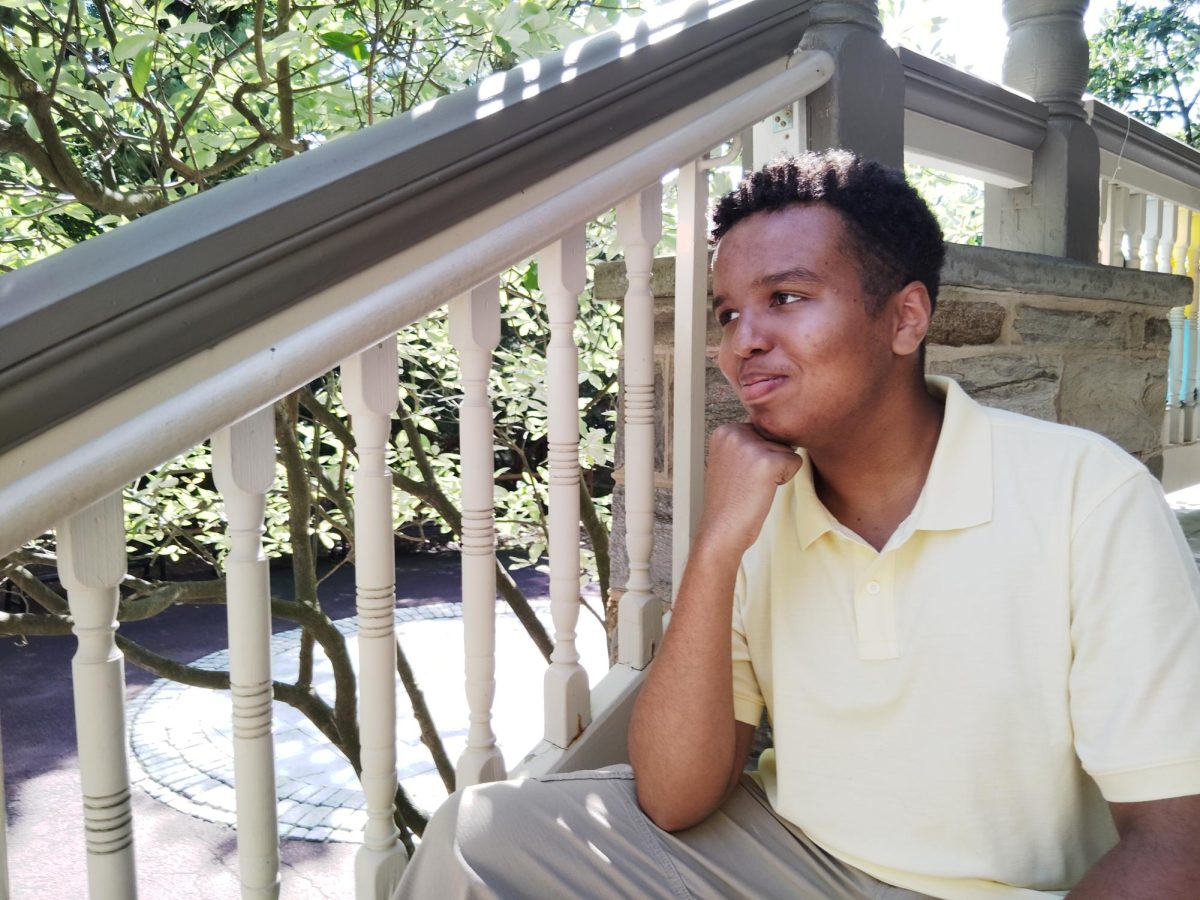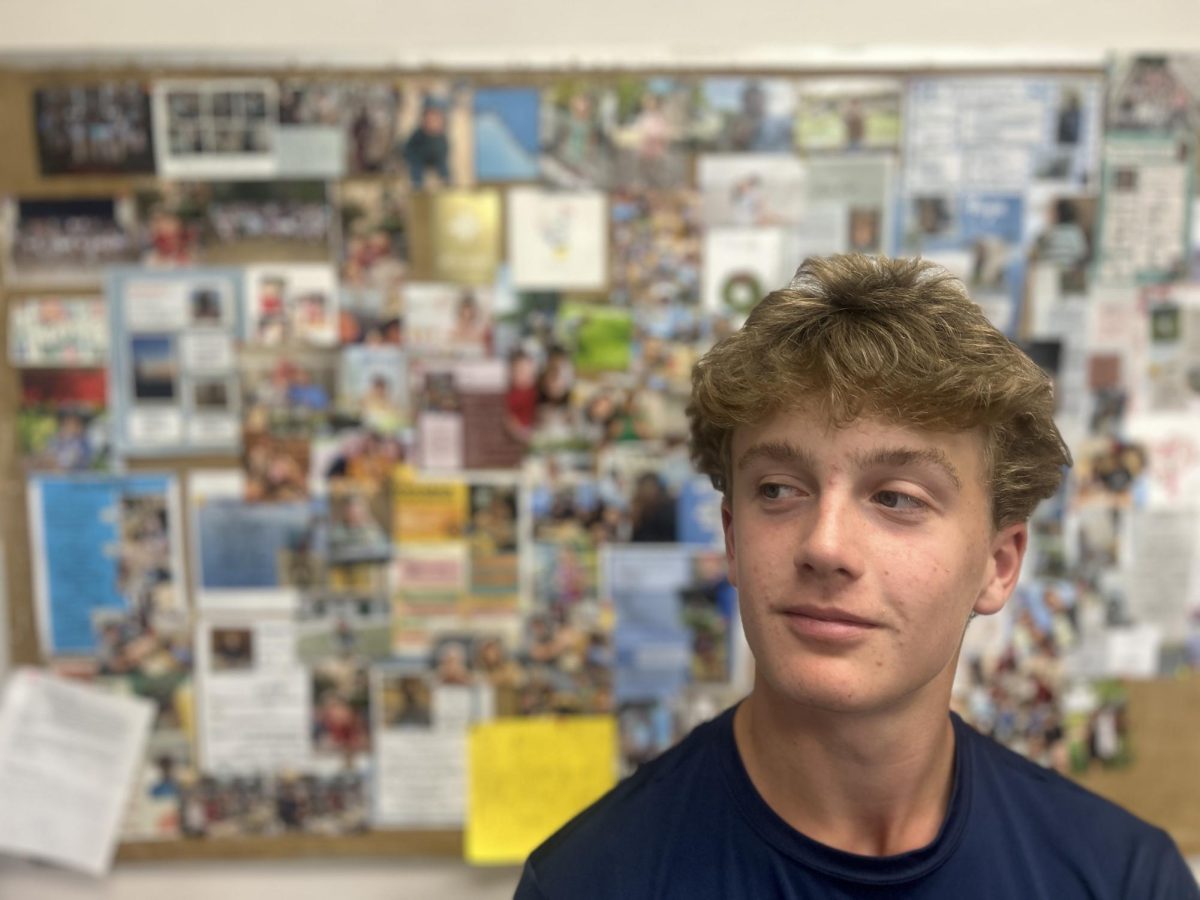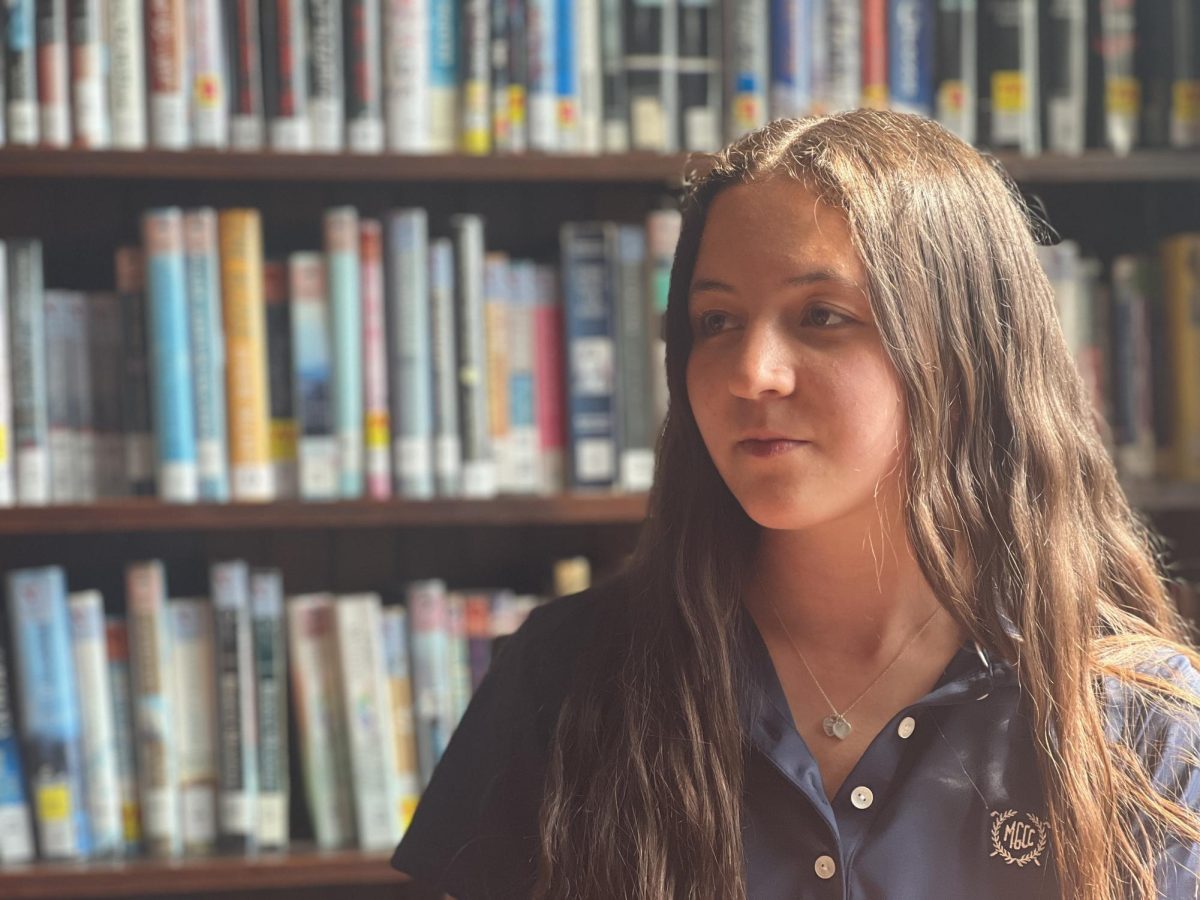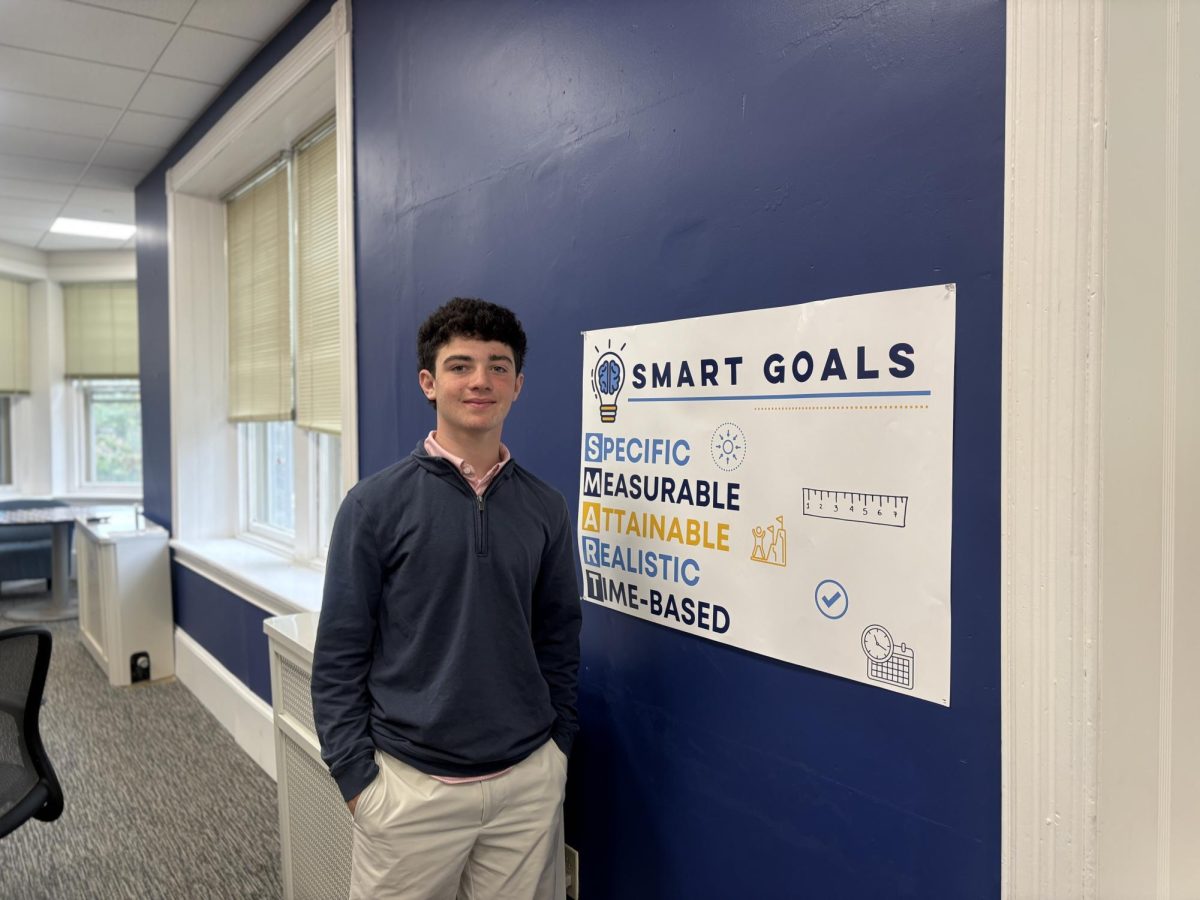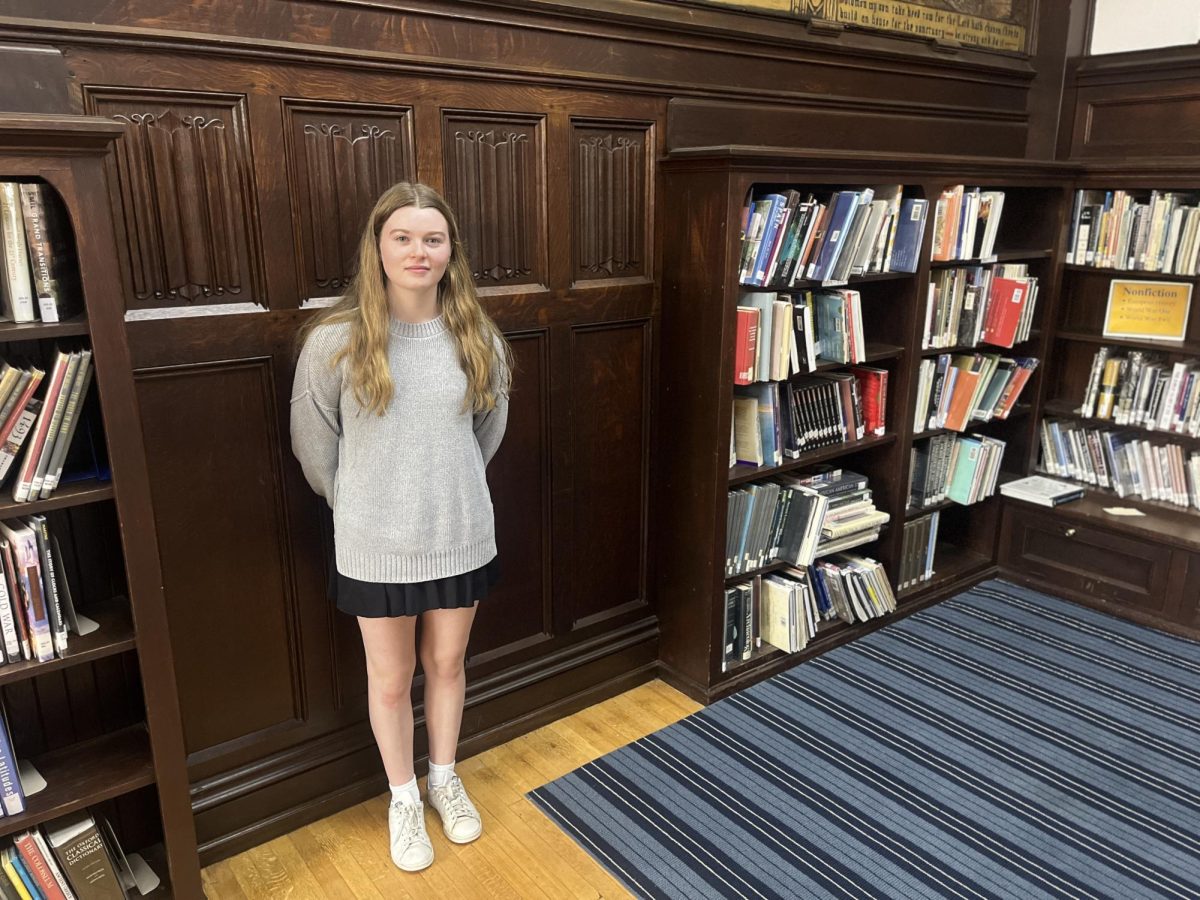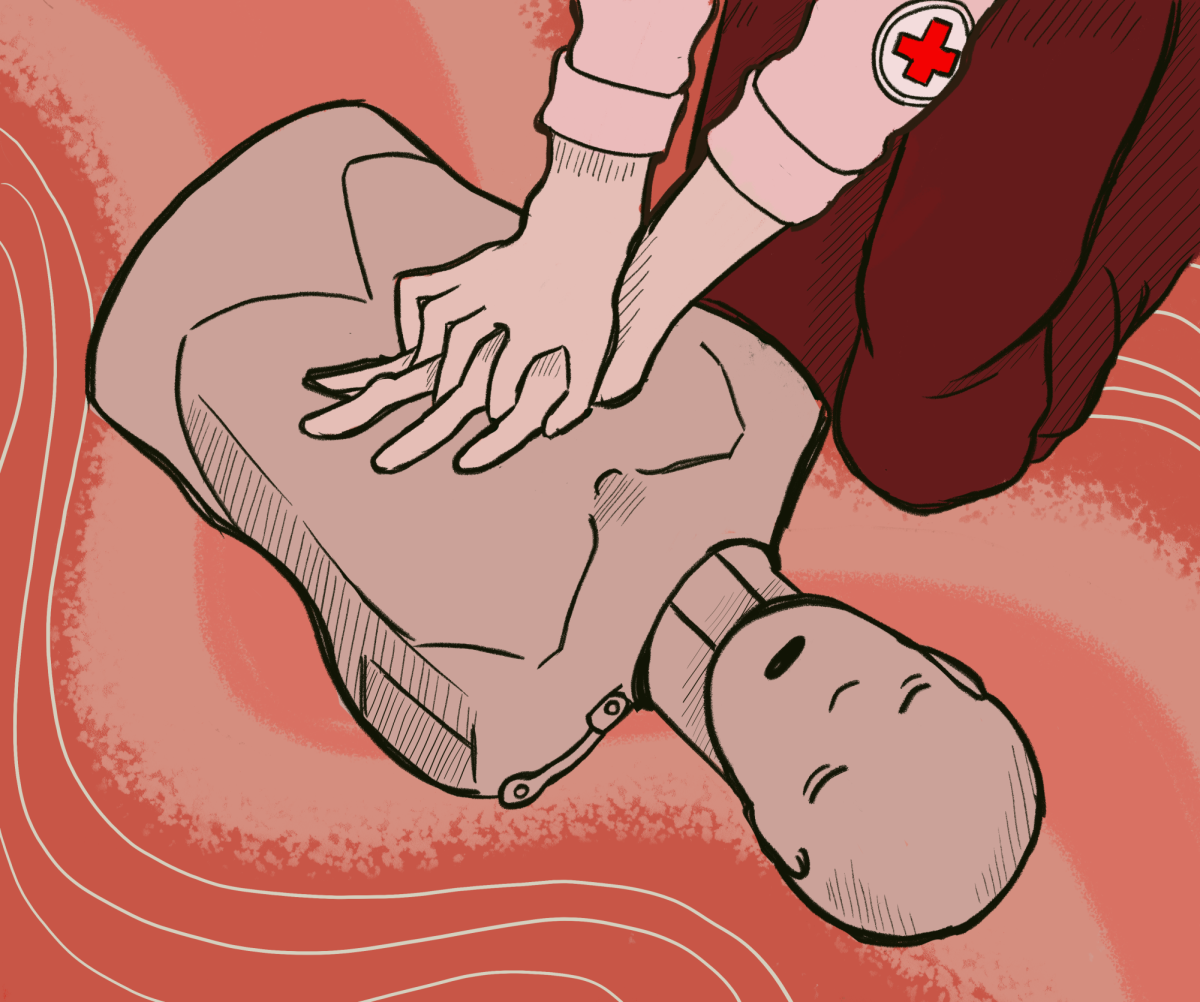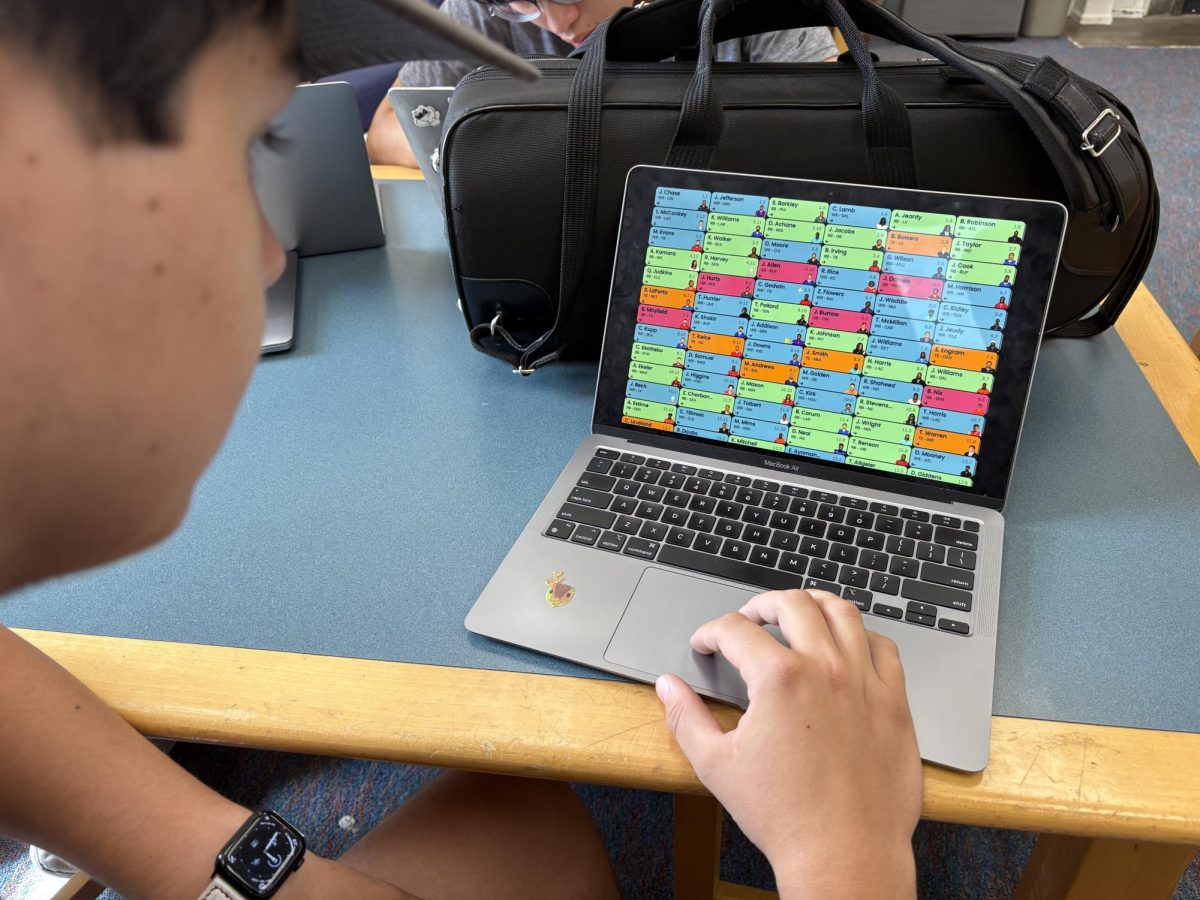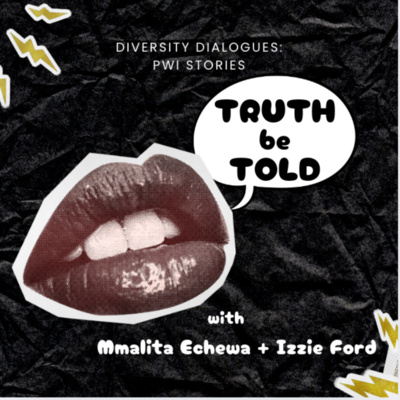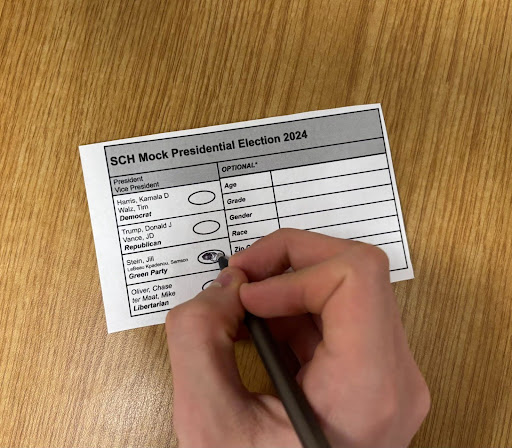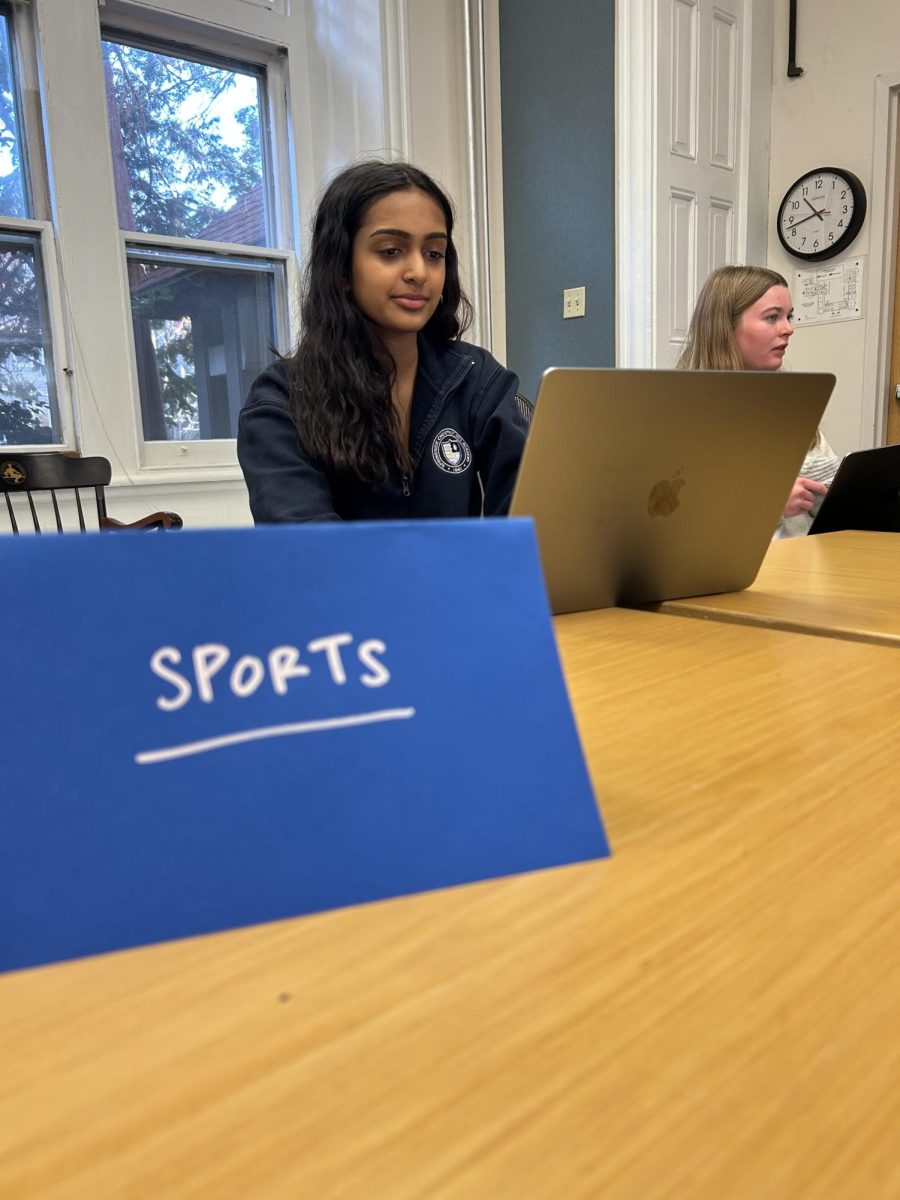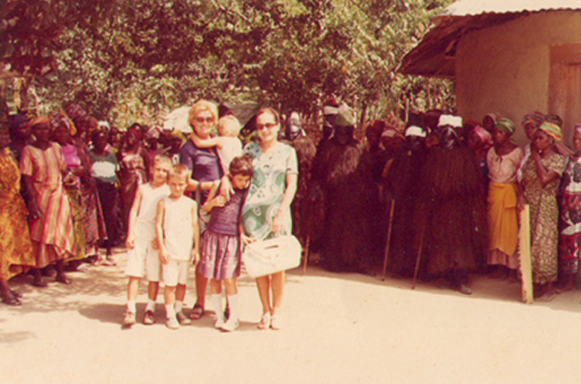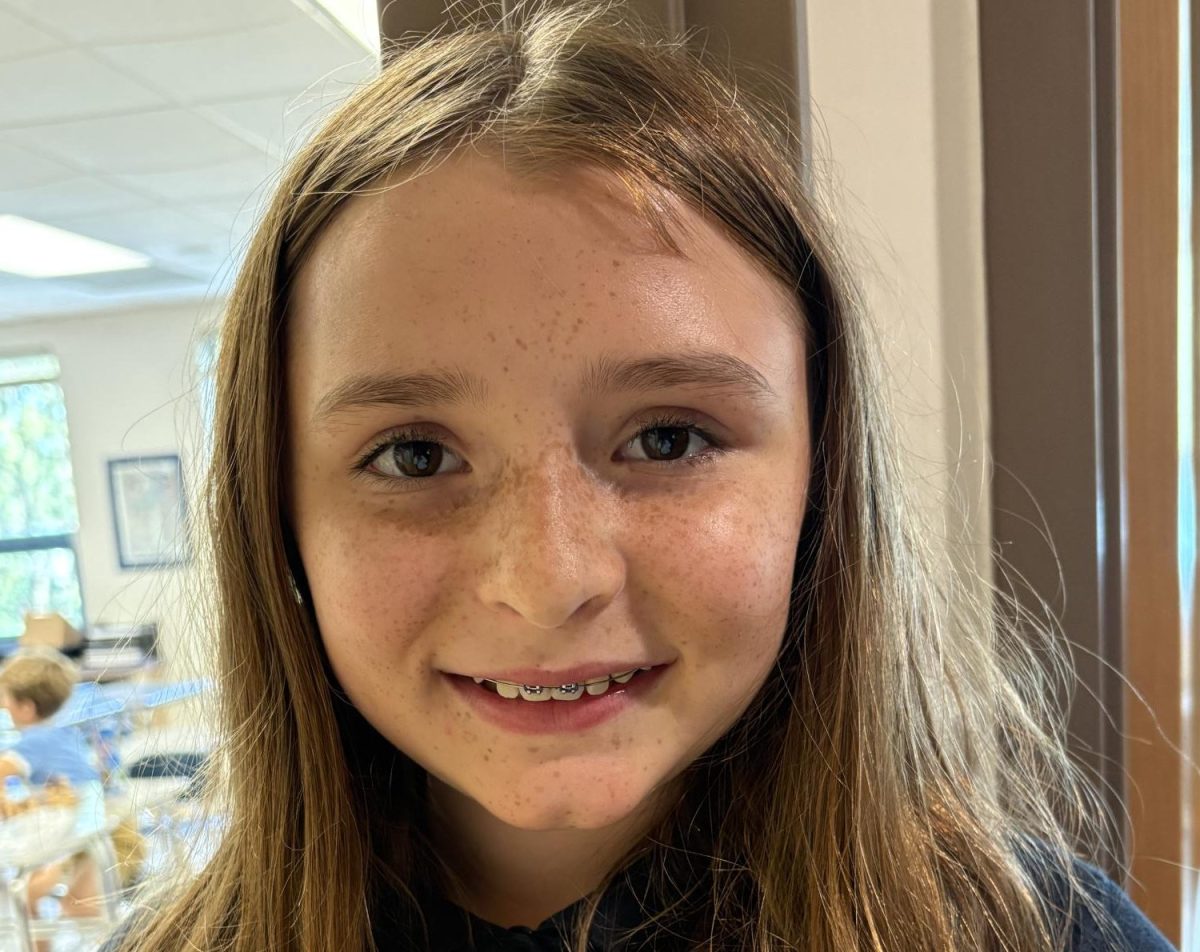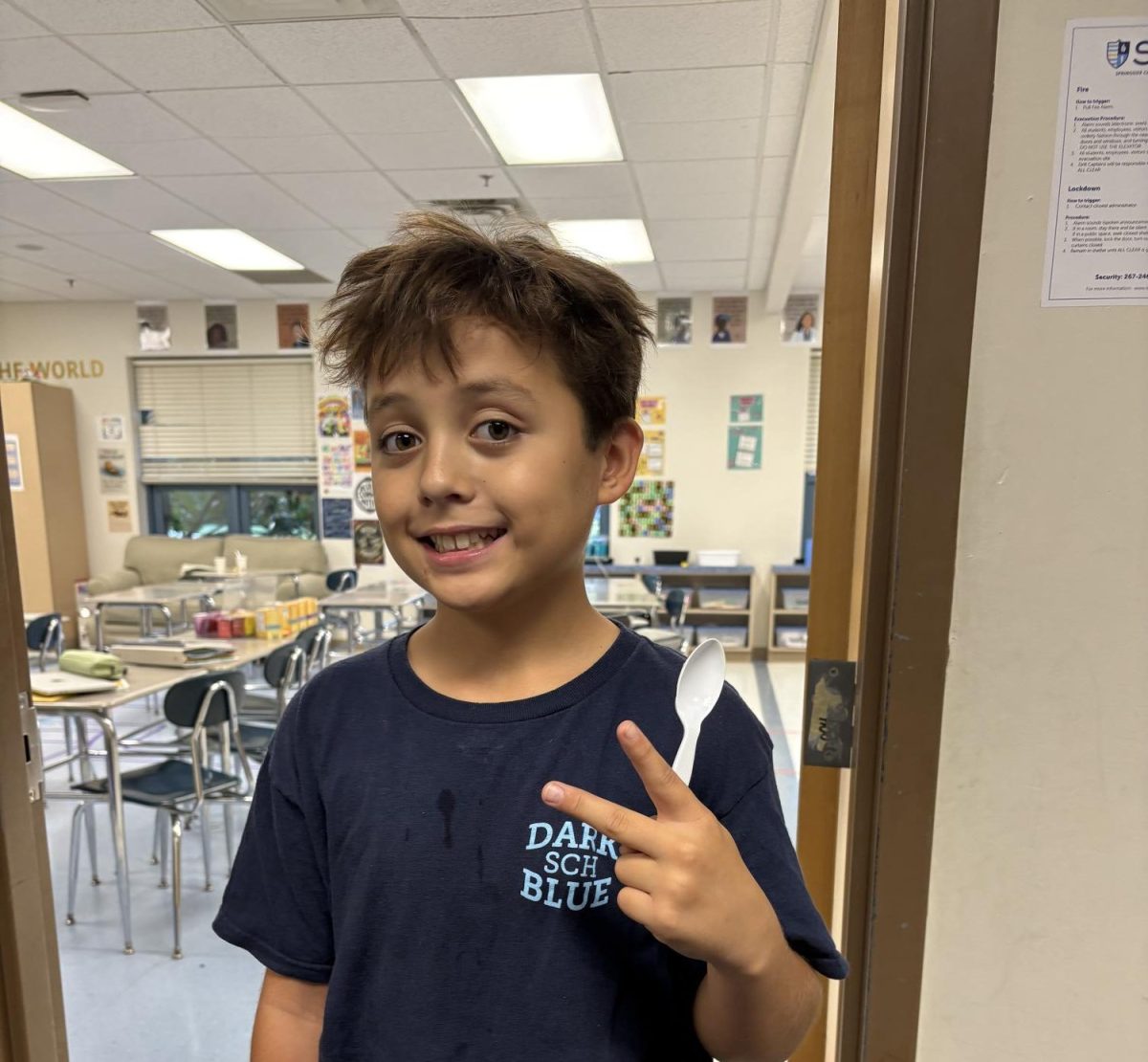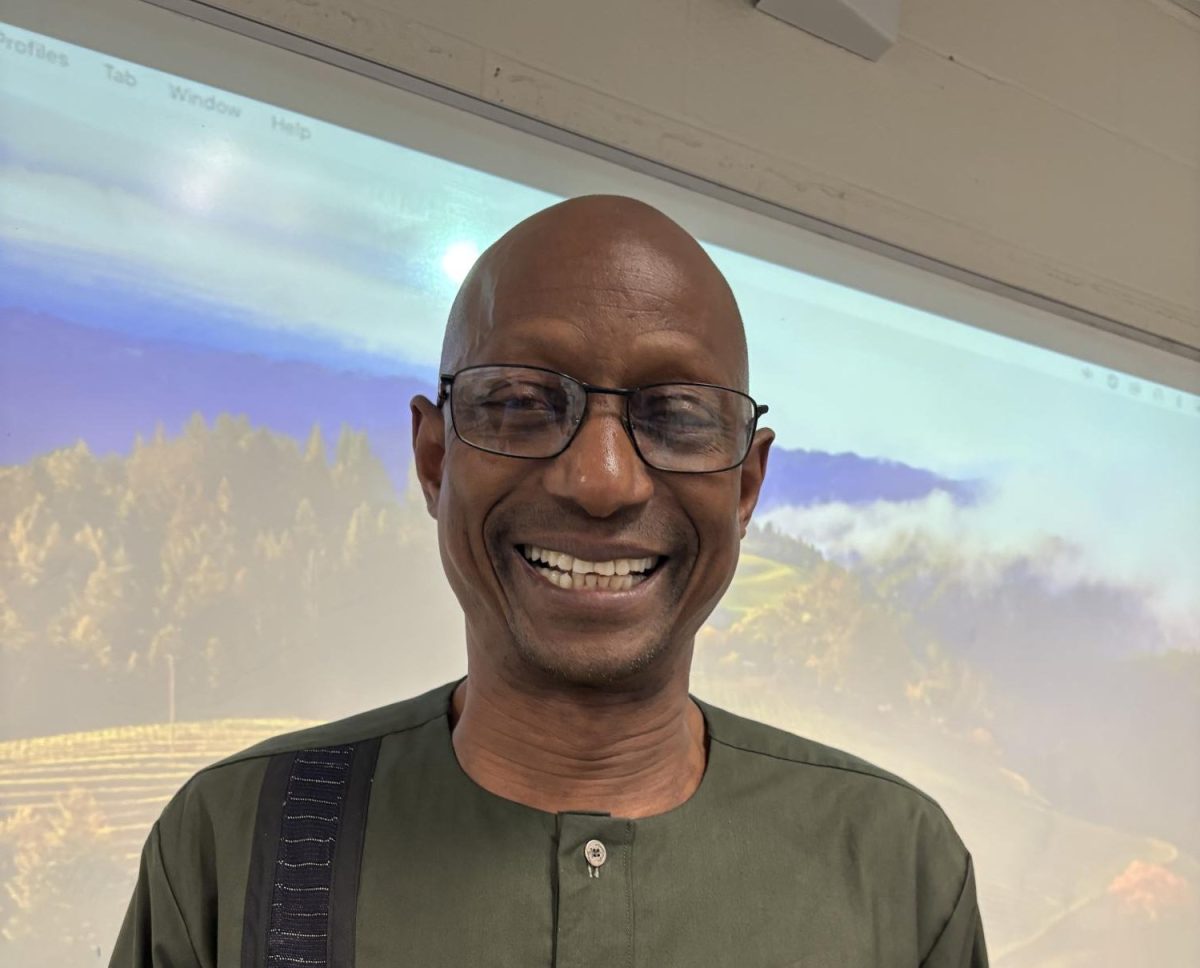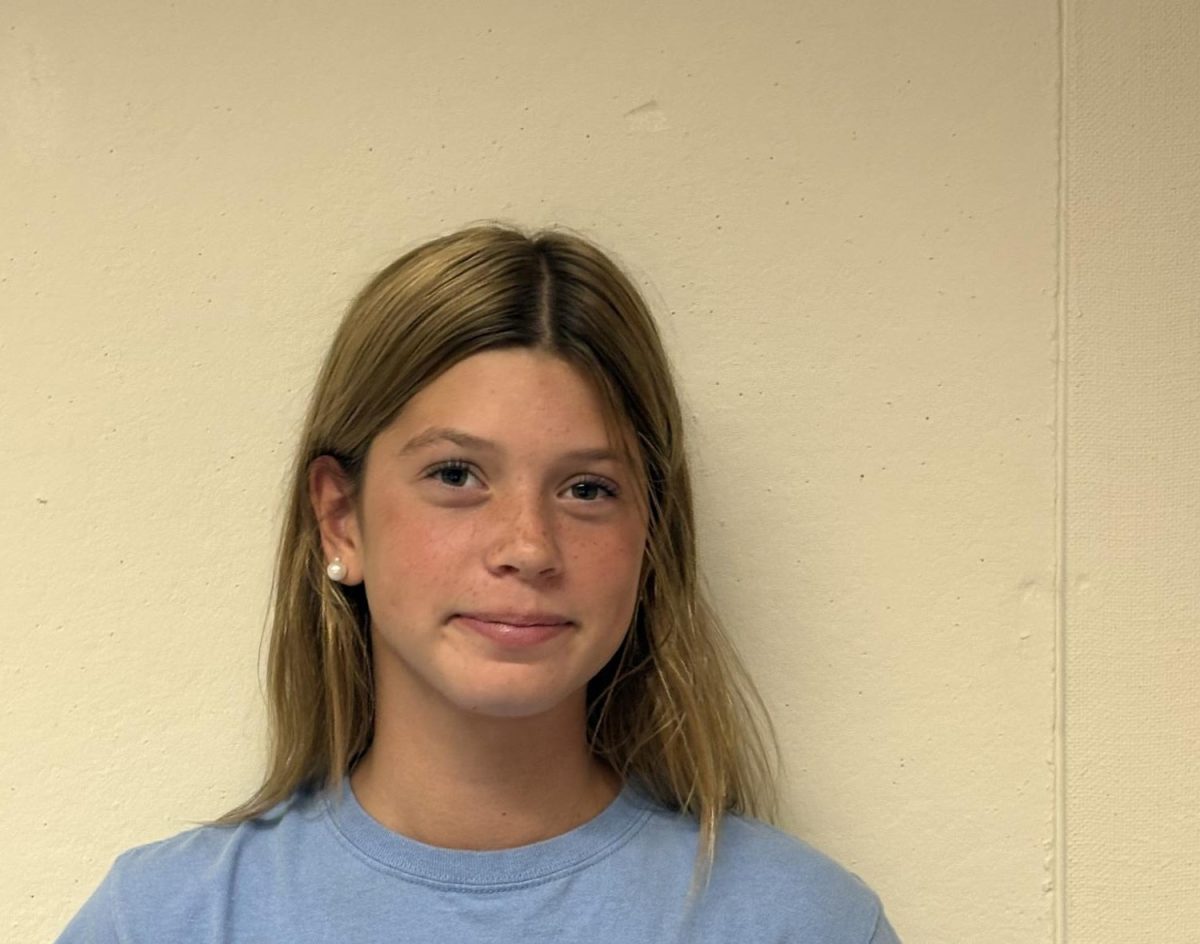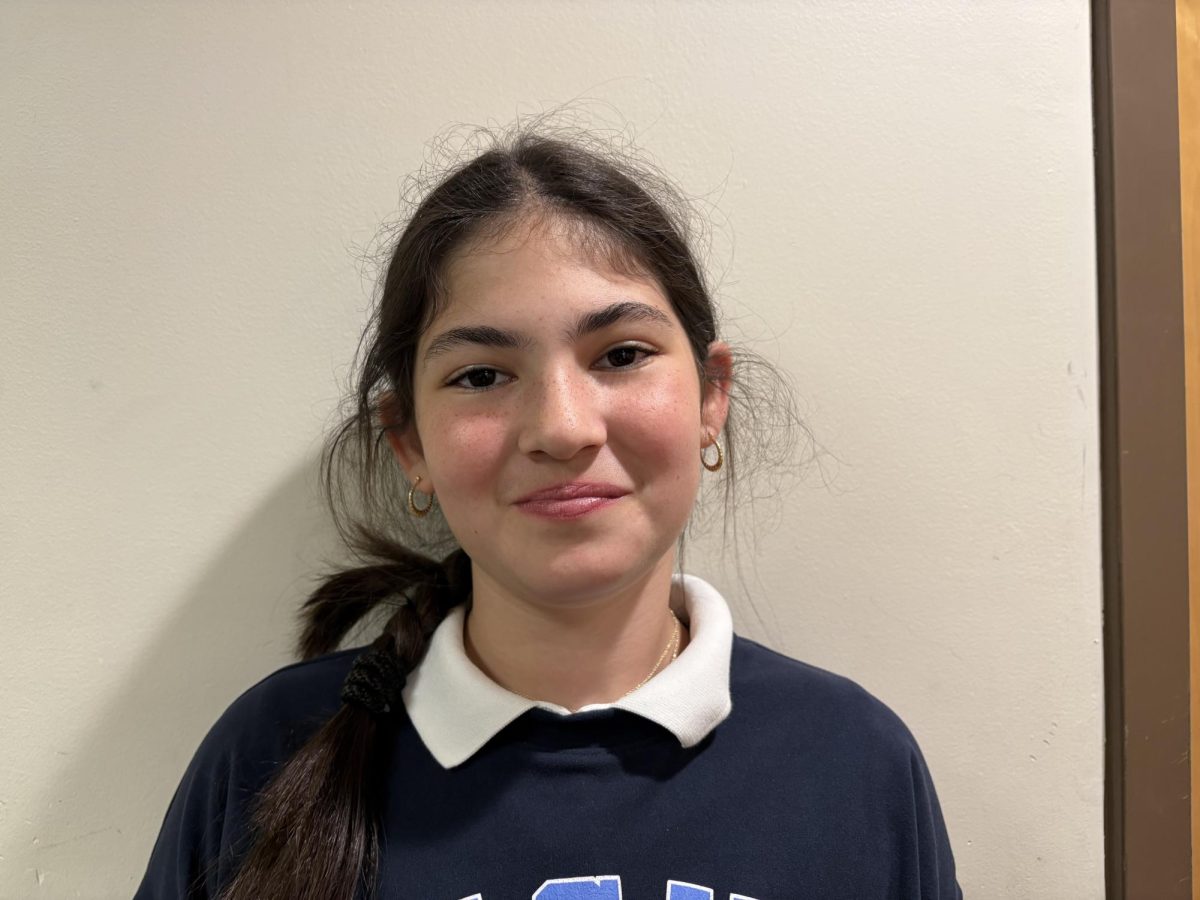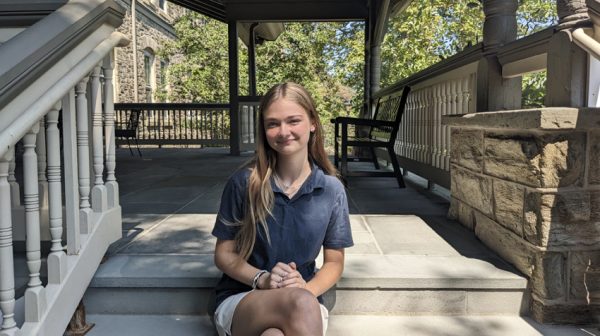
Philadelphia is celebrating Native American Heritage Month at public centers and museums in multiple locations throughout November. Fueled by the Lenape Nation of Pennsylvania’s desire for public advocacy, they are looking to the Commonwealth of Pennsylvania to help spread their vibrant culture and history to the world.
Places like the National Constitution Center, The Museum of the American Revolution, the Woodmere Art Museum, and Philly’s Little Freedom Libraries are offering a variety of in-depth activities, books, celebrations, singing, gallery walks, lectures, online options and so much more during the month of November. Most of these activities and celebrations focus on the Lenape tribe, now also known as the Delaware tribe due to their base in Northeastern Pennsylvania and Delaware.
Currently, Pennsylvania has Pow Wows in such locations as Pottstown, Allentown, Drums, Philadelphia, Benton, Mercer, Pittsburg, State College, and York.
Pow Wows take place around the world and can include dancing performed counter-clockwise to represent the cycle of life and the direction of Earth’s movements, feasting usually consisting of elk, bison, venison, and other indigenous meats. and the singing of short, yet repetitive songs with a water drum.
Tiara Williams-Mears, an SCH Upper Schooler who is part of the Meherrin tribe said, “The Pow Wows bring all the families together and we get to celebrate our crafts and skills. It’s like supporting our tribe as one and at the end, we do a march on our land and show others how much it means to us to be Meherrin.”
“We’re a water-based tribe. So we believe in making sure you take care of and give back to nature and the ocean. And we do many things to help the animals in our tribe land,” Williams-Mear said.
The Delaware tribe originally inhabited several villages along the Schuylkill River. Recent excavations in West Philadelphia uncovered evidence of settlements founded on the west bank of the Schuylkill River, near Civic Center Boulevard. The Delaware River is named after their tribe, meaning, “The River of Human Beings.”Also, many places like Manayunk, Conshohocken, and Neshaminy are all rooted in the Lenape language.
Britt Farnack, a ceramics teacher at SCH, is part of the Osage a Native American Nation whose reservation is located in Oklahoma. The Osage Indians originally roamed the land between the three great rivers, the Missouri to the north, the Mississippi to the east, and the Arkansas to the south. She shared that Pow Wows are engaging ways to participate in traditional Native American traditions. She shared that pow wows are engaging ways to participate in traditional Native American traditions. She said, “Pow wows are seen as places of community healing and pride” and while her family doesn’t usually wear any traditional garments her daughter “received her first medicine pouch at The Raritan Native American Pow Wow hosted ever summer in NJ , a tradition passed down from Britts Grandmother.”
Farnack told stories about how she and her daughter both have Osage Nation cards which indicate that they are Native American and allow her to apply for extra money that goes towards healthcare, school supplies, and more. She described her experience growing up in the culture by saying, “I look white as the day is long, so no one knows im native american unless I tell them. I didn’t grow up on the Res or entrenched in the culture so it often feels inauthentic to talk about my heritage. I loved hearing stories growing up and going to pow wows. Those feel like wonderful ways to celebrate that aspect of my heritage. But its definitely complicated.”
Farnack also discussed many of the challenges facing Native American communities today. She said, “There are a lot of health struggles in the Native American community with diabetes and there’s a lot of substance problems. But, what’s really cool about the tribe is they really do offer a lot of hardship assistance and community support. They offer grants for kids back to school supplies, free preK, help fis\rst time home buyers on the Res, among other financial grants available to tribal members. Oddly enough, people still get head rights. So when my grandmother passed away, the head right for the oil that people still get, went to my mom, and one day will go to me.
In our society today, many Native Americans have experienced a loss of culture and negative stereotypes. Saranagati Anello ’25 who identifies as Native American said, “I don’t have much of a connection to my Native ancestry, and a lot of the people in my family who are aware of it try to ignore it because they are ashamed.”
When asked about the invisibility of Native traditions, Anello said, “I think it’s getting a lot better. It used to be not great, like when we were taught about Thanksgiving, like the first Thanksgiving in elementary school. But there’s been a lot more Native prevalence in the media. There’s a show called Reservation Dogs on Hulu that is a good portrayal of Native Americans.”
Similarly, Williams-Mears says she “feel[s] like [people] don’t talk about it a lot” and “they should because it’s important. But also, it’s not people’s fault, because there’s not a lot of data or history, or many records of Native American people, which is really sad. So [she] feel[s] like [the public] should talk more about it [in different settings]. And, you know, appreciate who [they] are.”

